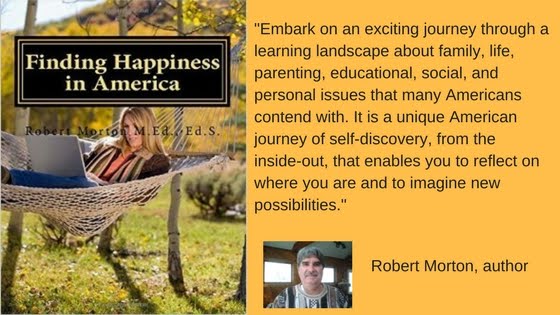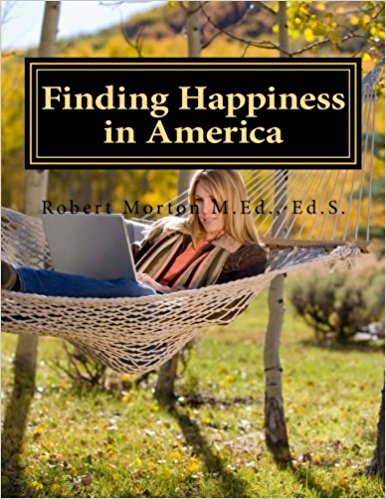 Learning proceeds from the "known" to the "unknown", so don't advance to the next level until the current one your child is on is mastered. Parents, remember to be there to play the math, spelling and phonics games with them at first and answer questions to avoid confusing them. Then, let them explore the sites themselves and find their favorite games…just make sure they chose a level that’s not too difficult. Have fun!!
Learning proceeds from the "known" to the "unknown", so don't advance to the next level until the current one your child is on is mastered. Parents, remember to be there to play the math, spelling and phonics games with them at first and answer questions to avoid confusing them. Then, let them explore the sites themselves and find their favorite games…just make sure they chose a level that’s not too difficult. Have fun!!For toddlers to preschool and 1st grade:
http://www.infostuff.com/kids/a.htm teaches abc's
http://www.abc.net.au/countusin/default.htm for basic number concepts
http://giraffian.com/kids/alphabet/ for the alphabet
http://www.fisher-price.com/us/fun/games/phonics/default.asp for ingenious preschool phonics learning games. http://www.lettertv.net/pages/brickwall.htm to see letters and hear the sound and see pictures of upper and lower case letters with coloring pages and songs.
http://www.storyplace.org/storyplace.asp for great interactive digital sound videos
http://www.funbrain.com/brain/MathBrain/MathBrain.html that offers a neat
 math arcade to choose activities from.
math arcade to choose activities from.http://www.funbrain.com/math/index.html for an excellent math baseball with different levels and skills to play. You’re at bat and can score a run or an out!
I can't emphasize enough: Younger children need paper, crayons and a chalkboard so they can draw, trace, and touch to reinforce their visual system. Just staring at a computer screen doesn't "cut the mustard" with younger children. They need the information put into their little brains by using as many modalities as possible, besides just "looking." Long ago, a famous education came up with the use of V-A-K-T (Visual (looking)-Auditory (hearing)- Kinesthetic (using large muscles)-Tactile (touching, tracing, and using small muscles). That's why I like chalkboards and large 81/2 X 11 inch paper. Why?
 Because you can have your child make LARGE numbers and letters, then have them trace them with their fingers. In that way, they call into play their large shoulder muscles and their smaller and finer finger and arm muscles. By having them look and say the numbers and letters as they trace them, young children can actually combine V-A-K-T modalities as inputs into their brains.
Because you can have your child make LARGE numbers and letters, then have them trace them with their fingers. In that way, they call into play their large shoulder muscles and their smaller and finer finger and arm muscles. By having them look and say the numbers and letters as they trace them, young children can actually combine V-A-K-T modalities as inputs into their brains.Also, I've always encouraged parents to use 3-dimensional plastic or wooden letters and numbers so younger children can "feel" their shape while they look at them. You get the picture.
OK, now here's a bunch of other neat "kid-friendly" sites to bookmark on your computer:
http://www.beritsbest.com/ Berit's Best has hundreds of a activities from fun stuff to serious stuff, like learning about our environment.
www.ala.org/greatsites The American Library Service to Children (ALSC) has announced exceptional Web sites for children. It has hundreds of links to commendable Web sites for kids, organized by subject headings such as animals; literature and languages; mathematics and computers; the arts; and history and biography. There is also a special section with sites of interest to parents, caregivers and teachers and an area devoted to sites in Spanish.
Here's a list of Children's characters and their websites for ages two to six:
Barney
Bear in the Big Blue House
Berenstain Bears
Bob the Builder
CBeebies
Clifford (Scholastic)
Disney Online
McGruff
Nelvana
Nick Jr
Paddington Bear
PBS Kids(Arthur, Barney, Berenstain Bears, Between the Lions, Caillou, Clifford, Dragon Tales, Jay Jay the Jet Plane, Sesame Street, Teletubbies, ZOOM, and more)
PEEP and the BigWide World
Sesame Workshop
Seussville
This Is Daniel Cook
The Toy Castle
Thomas and Friends
Veggie Tales
...And here's a list of websites to characters that appeals to children from age 6 to age 12:
 American Chillers
American Chillers
American Girl
Barbie
Bionicle
Cartoon Network
CBBC
Dav Pilkey's ExtraCrunchy Website O' Fun
Disney
Dragonball Z
Garfield
Harry Potter
Hello Kitty
LEGO
Nickelodeon
Nintendo
Scholastic Kids(Captain Underpants, Clifford the Big Red Dog, Goosebumps, Harry Potter, Maya and Miguel, The Magic School Bus, & more)Snoopy
Spider-Man in Amazing Adventures
Strawberry Shortcake
The Official Peanuts Website
Veggie Tales
Warner Bros Kids
Winnie-the-Pooh Character Guide
Barney
Bear in the Big Blue House

Berenstain Bears
Bob the Builder
CBeebies
Clifford (Scholastic)
Disney Online
McGruff
Nelvana
Nick Jr
Paddington Bear
PBS Kids(Arthur, Barney, Berenstain Bears, Between the Lions, Caillou, Clifford, Dragon Tales, Jay Jay the Jet Plane, Sesame Street, Teletubbies, ZOOM, and more)

PEEP and the BigWide World
Sesame Workshop
Seussville
This Is Daniel Cook
The Toy Castle
Thomas and Friends
Veggie Tales
...And here's a list of websites to characters that appeals to children from age 6 to age 12:
 American Chillers
American Chillers American Girl
Barbie
Bionicle
Cartoon Network
CBBC
Dav Pilkey's ExtraCrunchy Website O' Fun
Disney
Dragonball Z
Garfield
Harry Potter
Hello Kitty
LEGO
Nickelodeon
Nintendo
Scholastic Kids(Captain Underpants, Clifford the Big Red Dog, Goosebumps, Harry Potter, Maya and Miguel, The Magic School Bus, & more)Snoopy
Spider-Man in Amazing Adventures

Strawberry Shortcake
The Official Peanuts Website
Veggie Tales
Warner Bros Kids
Winnie-the-Pooh Character Guide
Note: Scroll down right margin to code IX and find free videos, updated newspaper & journal articles about this topic!



